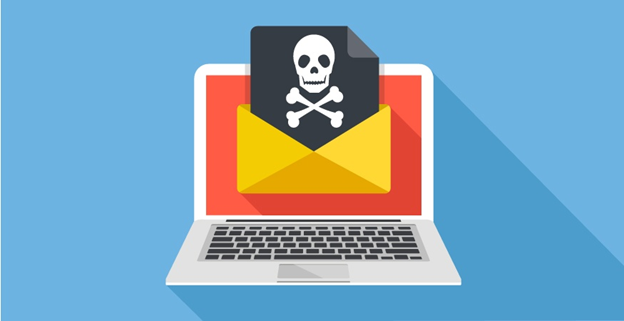Identify Phishing Scams Easily
With the current global crisis due to COVID 19, phishing scams are becoming more and more rampant. If you are not vigilant, scammers can trick you into parting with your hard earned money.

All of us need to be careful of detecting fake sites or emails leading to “phishing”.
In order to verify an email as authentic, here are five things to check:
1. Sender’s e-mail address:
First and foremost, you need to check who sent the email. For instance, it could say it’s from PayPal and there could even be the company’s logo at the top to replicate a genuine email. However, when you look closely at the email address it would not end with @PayPal.
Most organizations, except some small operations, will have their own email domain and company accounts. If the company name isn’t in the domain name, it is proof that it’s a scam.
When scammers create their fake email addresses, they often have the choice to select the display name, which doesn’t have to relate to the email address at all.
So, they could use a bogus email address that will turn up in your inbox with the display name. Now, when you open the email, you already know (or think that you know) who the message is from, so you jump straight into the content.
Tip 1: The sender’s email should not be using a public Internet account like Hotmail, Gmail, Yahoo!, etc.
2. URL
Usually, hackers use fake sites to steal your information. Be alert enough to make sure the URL is actually the one you want to visit. However, if you notice that the URL is different, it is an indication that the site is fake and you should NOT enter personal information.
If you hover over the link you’ll be able to see a preview of the link URL in the status bar. Check if the link matches with the site that it should be from.
Tip: Don’t click the hyperlink mentioned in the email address.
It’s best to visit the official website of the company/bank that the email wants to direct you to.
3. Strange Requests
Your bank will never ask for your PIN/OTP or credit card information, via email. Be very careful of sites (or emails) requesting your account number, personal identification number, credit card details or other sensitive information.
4. Your Name
A legitimate email from your bank or business will address you by name rather than saying “Dear Valued Customer” (or something similar).
5. Grammatical errors
Spelling errors or grammatical errors are another sure sign that the message or site is fake.
Additionally…Hit the ‘Delete’ Button
As a standard practice, you must simply hit the delete button whenever you receive an email from an unknown sender. Remember – If any legitimate entity needs to contact you regarding an urgent or crucial matter, they would have your phone number and contact details, right?
So the next time, you receive an unfamiliar or suspicious looking email, simply “Delete”!
Be alert! Stay Safe!
